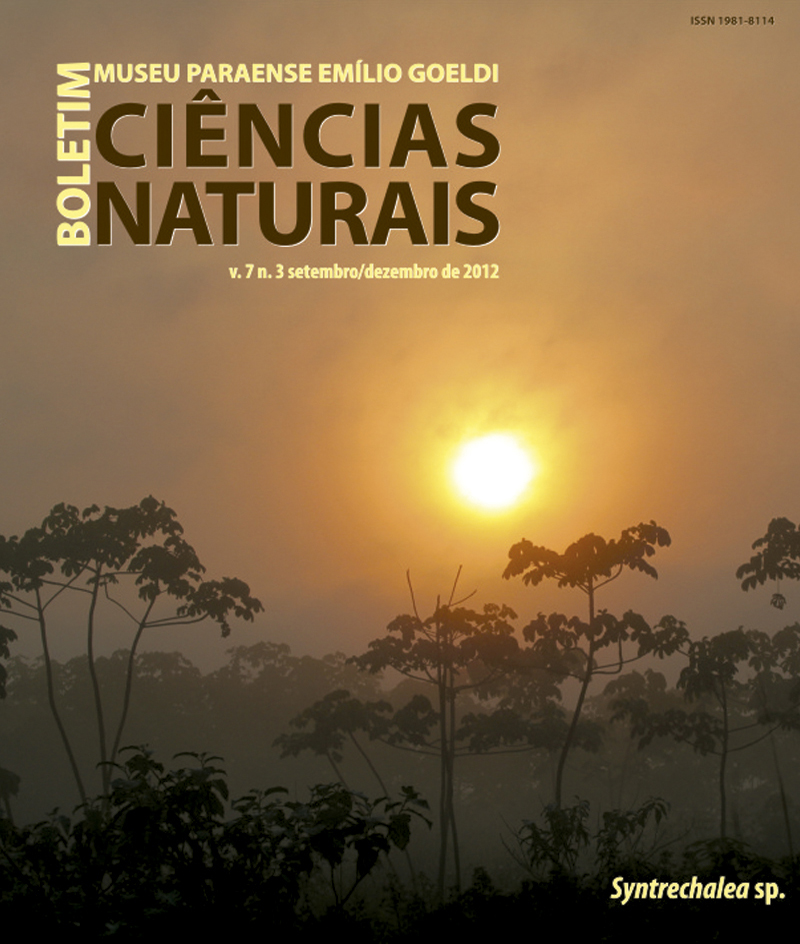Tropical forest regeneration
DOI:
https://doi.org/10.46357/bcnaturais.v7i3.587Keywords:
Forest regeneration, Land use, Restoration, Second-growth, SuccessionAbstract
Following large-scale human or natural disturbances, the regeneration of tropical forests follows a progression of stages through which forest assemblages gradually become enriched with species and increase in structural and functional complexity. Successional pathways and rates of change vary widely according to the nature of prior land use, the proximity of old-growth forest, and the availability of seed-dispersing fauna. Regenerating forests rapidly accumulate nutrients and carbon in vegetation, litter, and soil, but recovery of species composition may take centuries. Regenerating tropical forests provide essential resources and ecosystem services that support millions of forest-dependent people. When soils have been degraded and seed sources are limited, active reforestation approaches can initiate forest succession and expand forest cover. Reforestation requires an alignment of socio-economic, political, and ecological factors leading to different pathways and quality of reforestation vary across geographic regions.
Downloads
Published
Issue
Section
License
Publication means fully assigning and transferring all copyrights of the manuscript to the journal. The Liability Statement and
Assignment of Copyrights will be enclosed with the notice of acceptance. All the authors must sign the document and return it to the journal.








